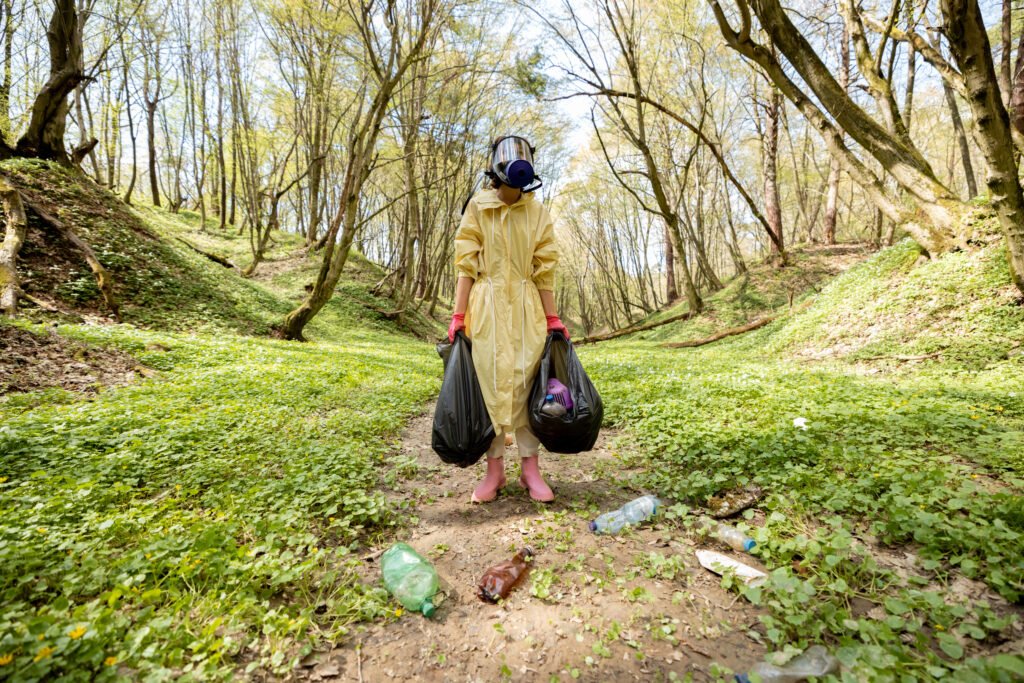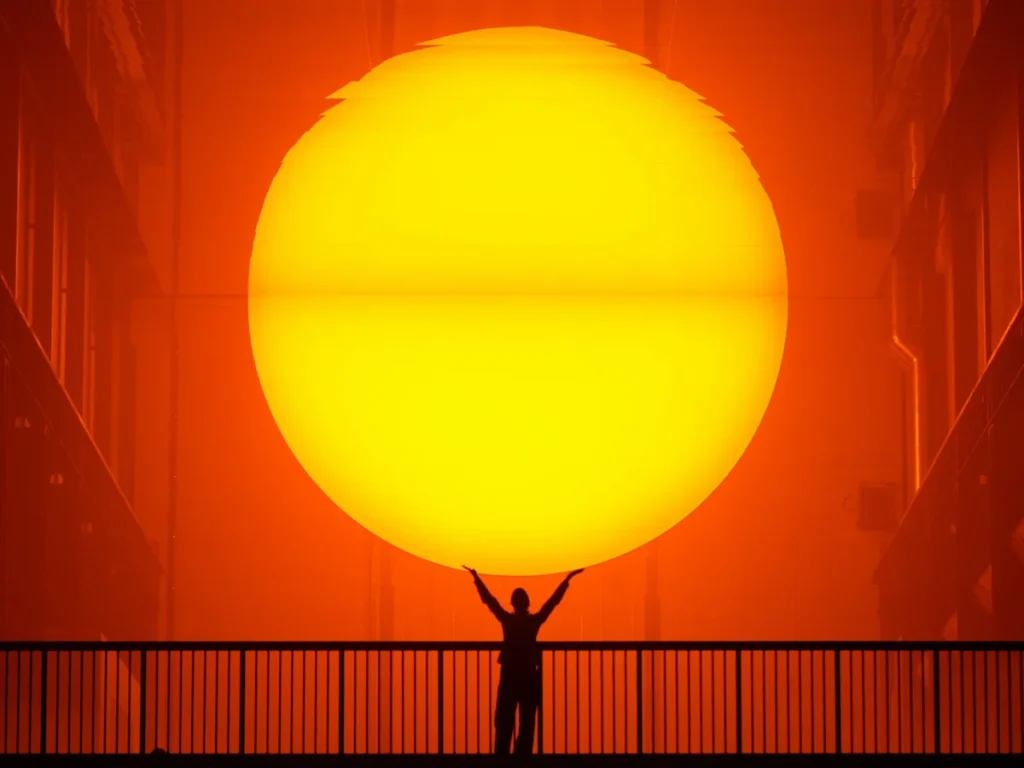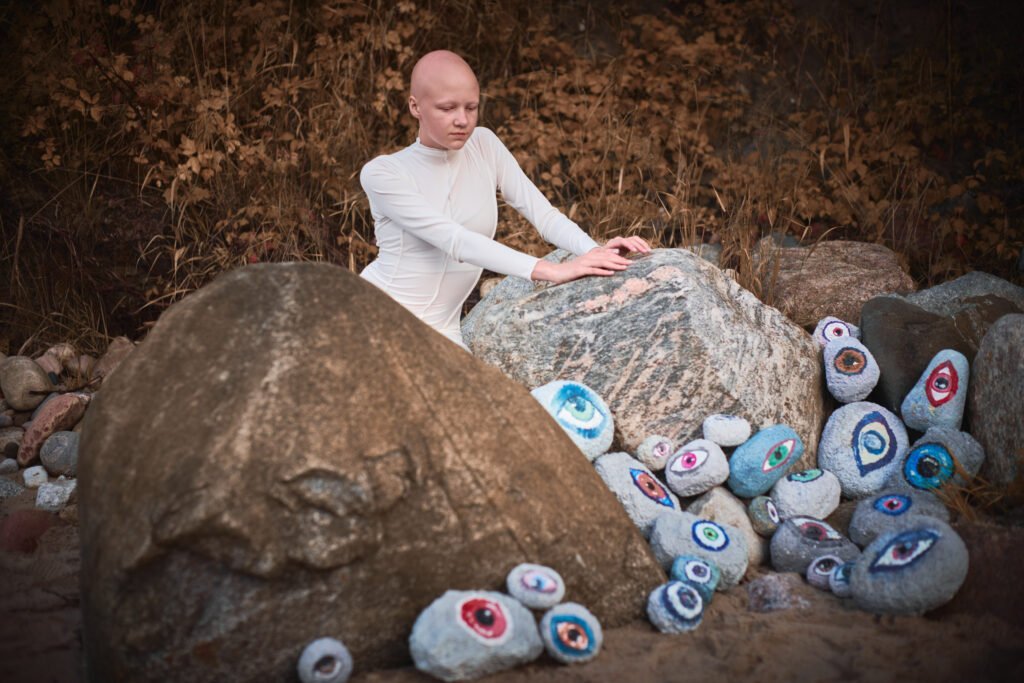Contemporary art has proven to be a powerful tool to reflect and denounce the urgent climate and environmental issues we face today. Over the past decades, artists worldwide have incorporated ecological themes into their works, stimulating debates and raising public awareness about the global environmental crisis. This approach positions art not only as an aesthetic expression but as an instrument of activism and consciousness.

In this context, the relationship between art and the environment becomes increasingly complex and necessary. Contemporary artists not only depict nature but also question human practices, public policies, and the impact of consumption on the planet’s sustainability. This transforms how the public consumes and values art. Those seeking to buy contemporary art paintings find works carrying deep messages engaged with the present.
Contemporary Art as a Voice for the Environmental Crisis
According to the study Art and Ecology: Practices and Theories, from Harvard University, published in 2022, contemporary art ranks among the main cultural forms influencing public perception of climate change. The study highlights that artistic creation has a unique ability to translate scientific data and complex scenarios into accessible and impactful images, performances, and installations.
Artists like Olafur Eliasson, known for works integrating light, water, and reflections, immerse viewers in a direct experience with natural elements, alerting them to environmental fragility. The installation “Weather Project,” presented at Tate Modern in London, for example, encouraged millions to rethink humanity’s relationship with the climate.

Additionally, Brazilian artist Adriana Varejão uses natural and historical elements in her works to reflect on environmental and cultural exploitation, showing how past and present intertwine in current environmental crises. Such works attract interest not only aesthetically but also politically and socially, influencing the decision to buy contemporary art consciously.
Impact on the Market and Decorating with Contemporary Art
Growing environmental concern is also reflected in market choices. Digital platforms and galleries highlight artists engaged with sustainability themes, offering collectors and enthusiasts the chance to acquire works aligned with contemporary values. Buying contemporary art online, for example, has become easier through this connection between aesthetics and social commitment.
According to the report Sustainability and the Art Market, from the Institute of Contemporary Arts London, published in 2023, there was a 40% increase in demand for works addressing environmental issues. This trend also influences decorating with contemporary art, as consumers seek pieces combining beauty and meaning.
Furthermore, the market has adopted more sustainable practices, such as using recycled materials, local production, and reducing carbon footprints in exhibitions and transport. This makes the best place to buy contemporary art one that cares not only about aesthetic quality but also about the environmental impact of its production chain.
Thus, contemporary art plays a prominent role in the fight against the climate crisis, bringing culture closer to activism and creating new forms of engagement among artists, collectors, and the public.



